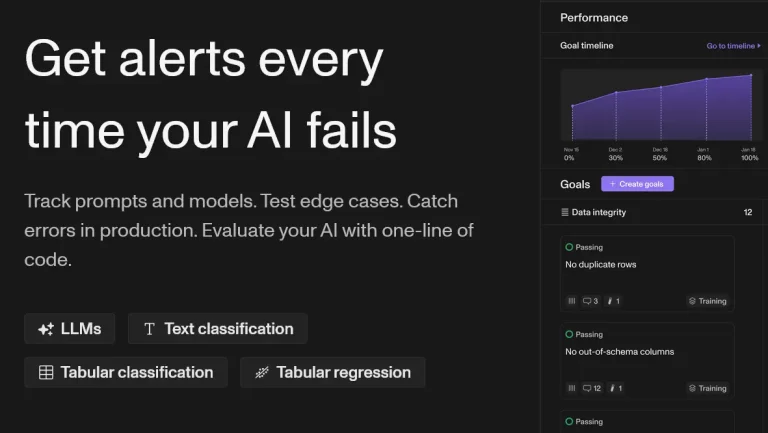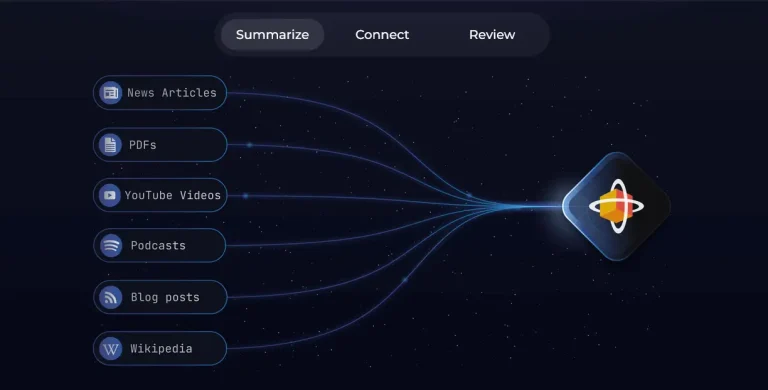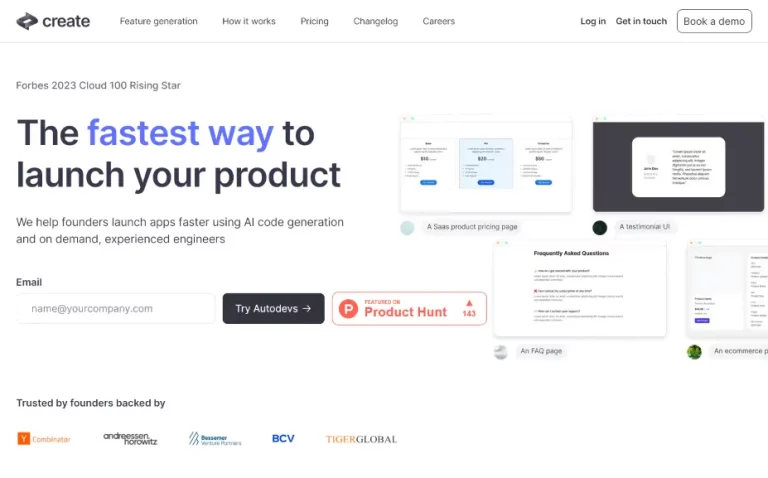OpenLayers is a powerful and versatile open-source library for building interactive web maps. Its comprehensive features, community support, and ease of use make it a valuable tool for developers and organizations across various industries. However, it might require some JavaScript programming knowledge and understanding of geospatial concepts for effective utilization.
Features:
- Map display: Load and display map tiles from various sources like OpenStreetMap, Bing Maps, and ArcGIS.
- Vector data support: Render and interact with vector data like points, lines, and polygons.
- Interactive controls: Add zoom, pan, rotation, and other interactive controls for user map exploration.
- Customizable styles: Style map layers with markers, lines, shapes, and colors to match your needs.
- Geospatial analysis tools: Perform spatial calculations like buffer analysis, nearest neighbor search, and point-in-polygon queries.
- Collaboration tools: Add drawing and measurement tools for collaborative map annotations and data collection.
- Mobile web support: Develop responsive map applications that work seamlessly on mobile devices.
- Extensive plugin library: Expand functionality with numerous plugins for additional features and integrations.
Potential Uses:
- Interactive dashboards and reports: Visualize geospatial data for real-time monitoring, analytics, and decision-making.
- Location-based services: Develop applications for route planning, navigation, and location-based marketing.
- Real-time tracking and monitoring: Display and track the movement of assets, vehicles, or individuals in real-time.
- Resource management and planning: Utilize maps for resource allocation, land use planning, and environmental monitoring.
- Public information portals: Share public geospatial data like weather, traffic, and infrastructure information.
- Educational and research tools: Explore and analyze geospatial data for educational purposes or research projects.
- Interactive storytelling: Enhance narratives with dynamic and interactive maps.
Benefits:
- Open-source and free: Freely available and customizable, reducing development costs and barriers to entry.
- Powerful and versatile: Supports a wide range of features and functionalities for diverse use cases.
- Community-driven development: Backed by a large and active community, ensuring continuous improvements and bug fixes.
- Well-documented and easy to learn: Extensive documentation and tutorials make it easier for developers to get started and build applications.
- Mobile-friendly: Develop maps that work seamlessly on various devices, increasing accessibility and reach.
- Scalable and extensible: Adapts to various scales and complexity levels, from simple to highly complex applications.








